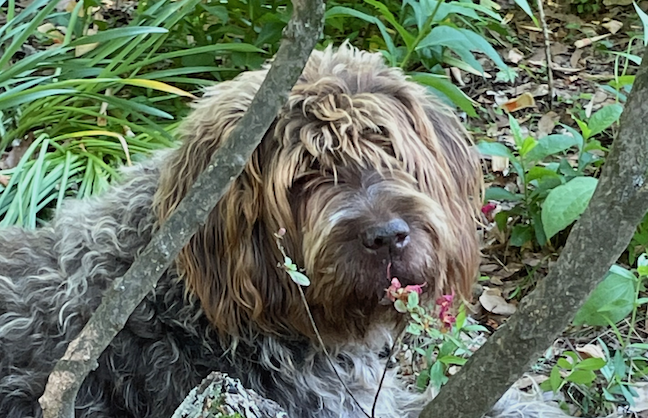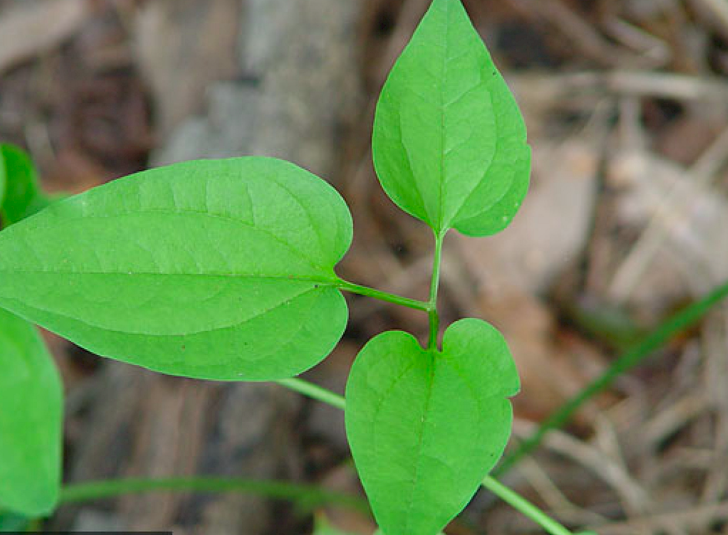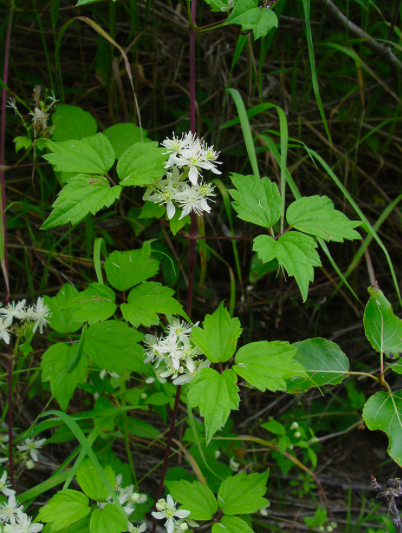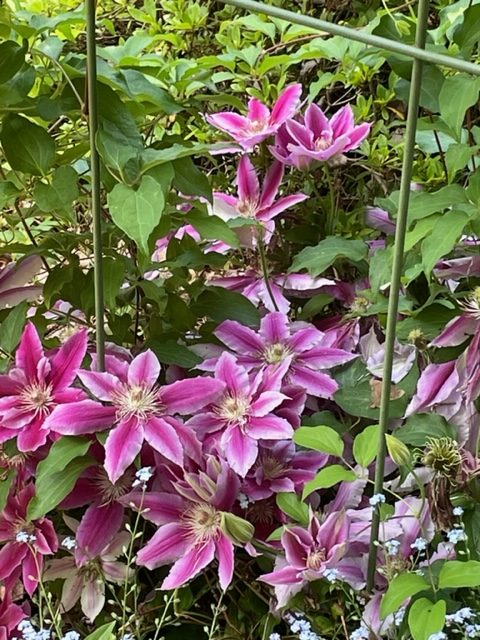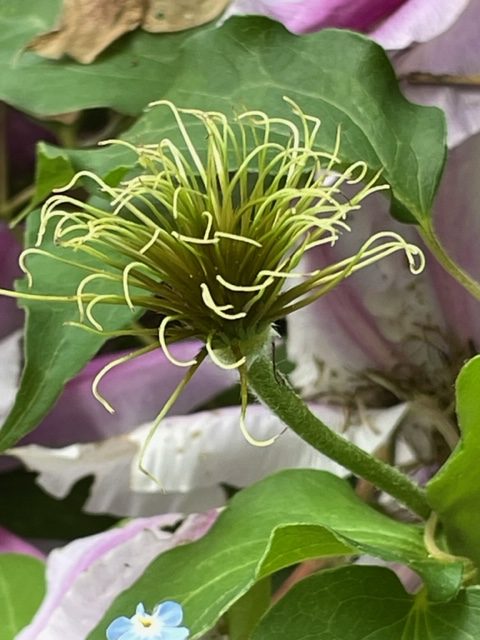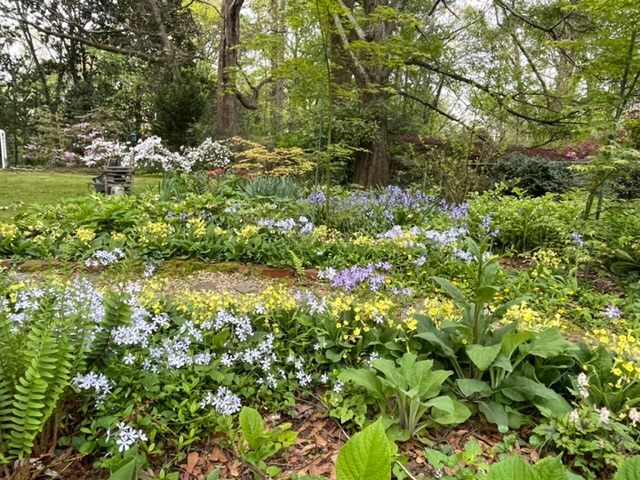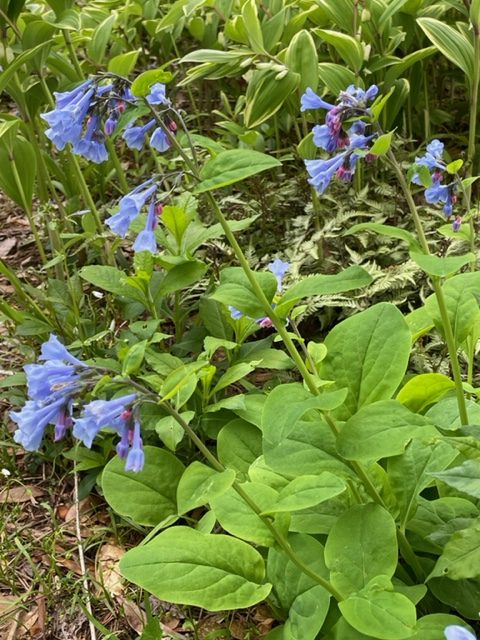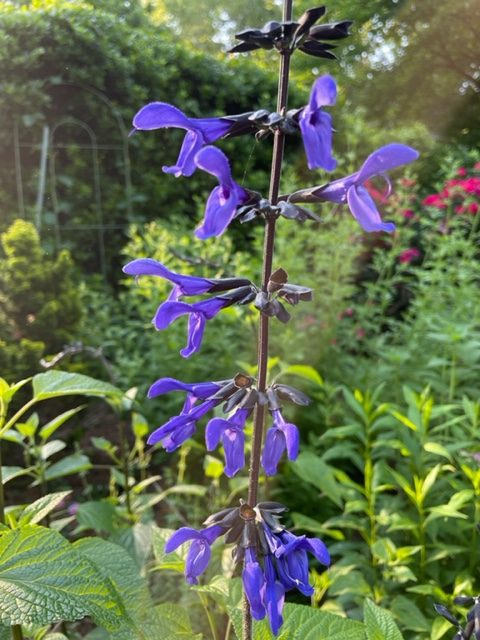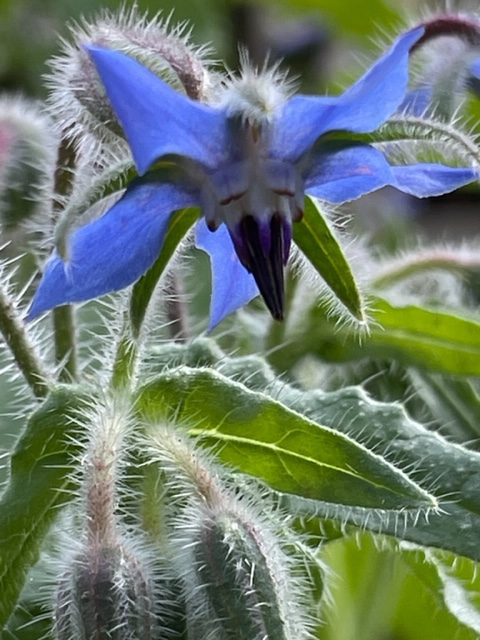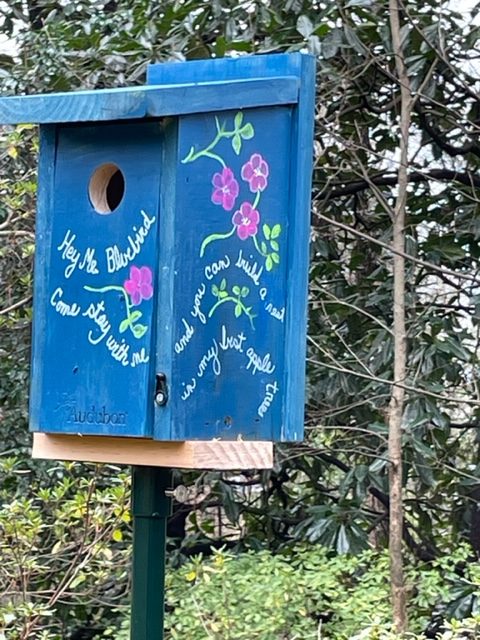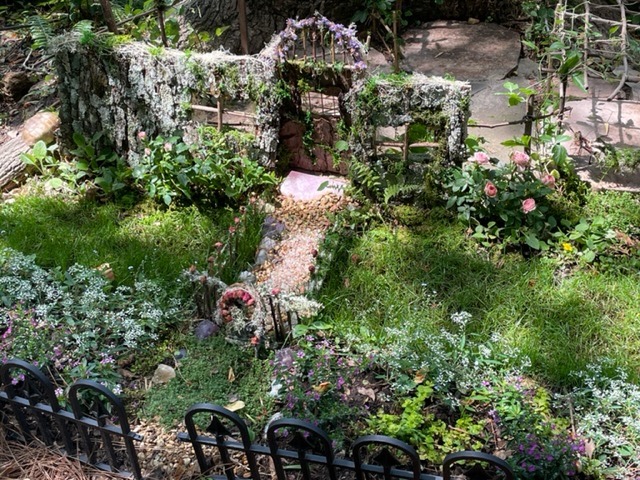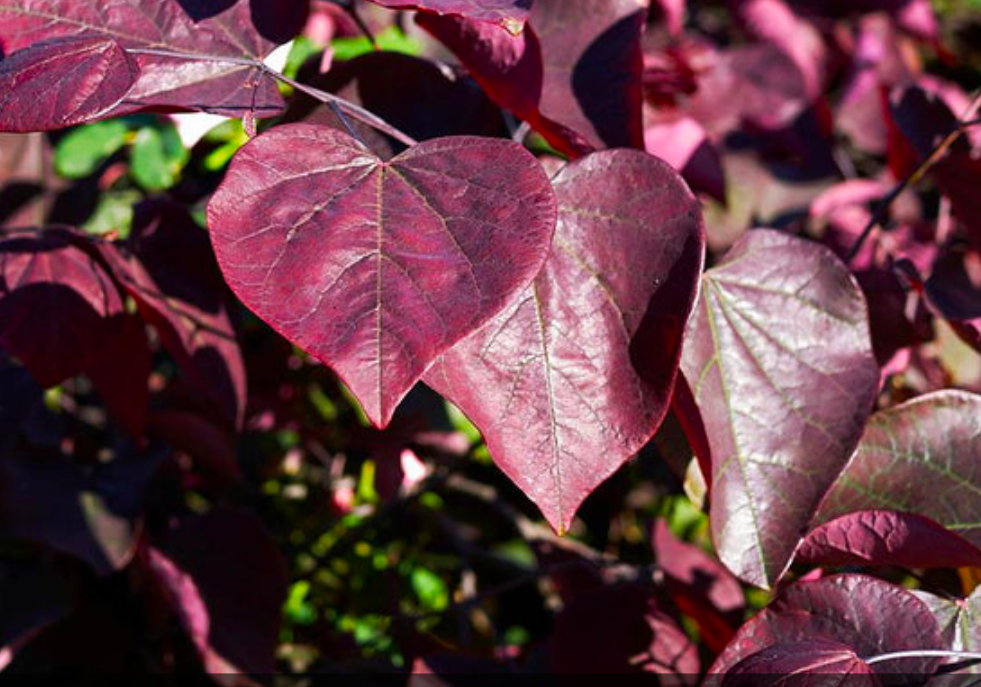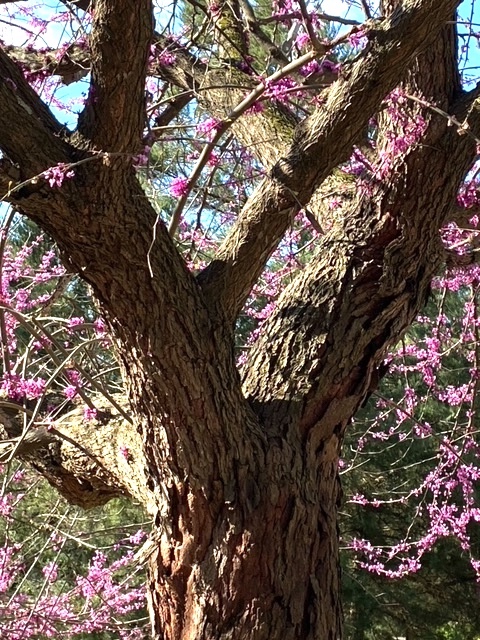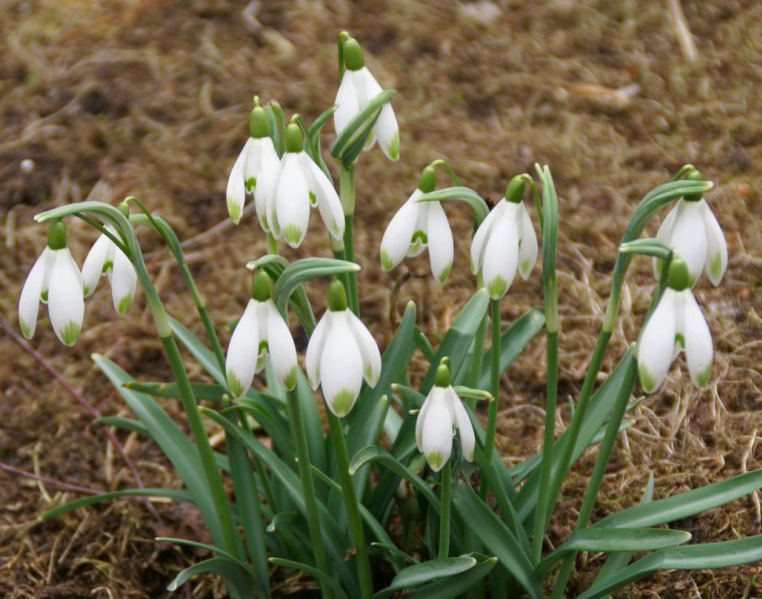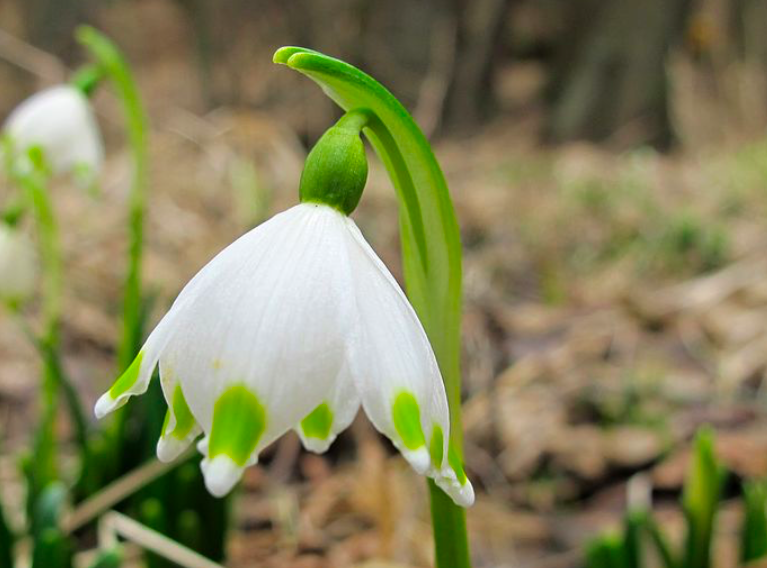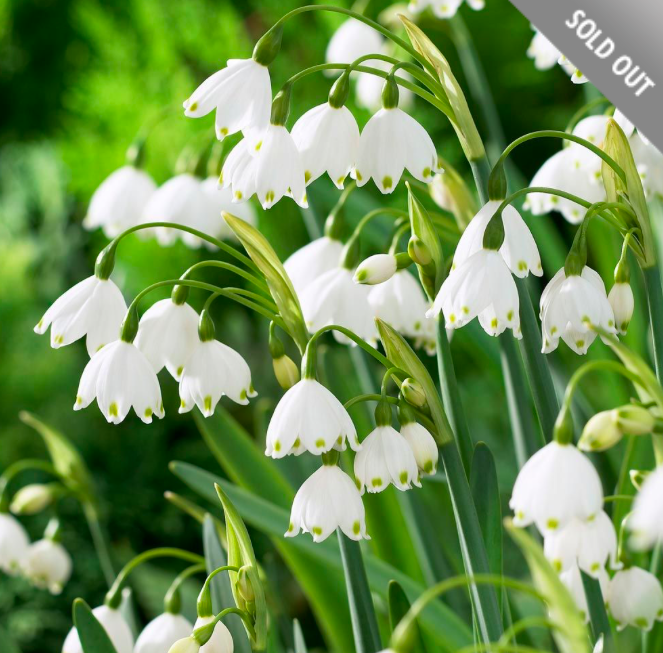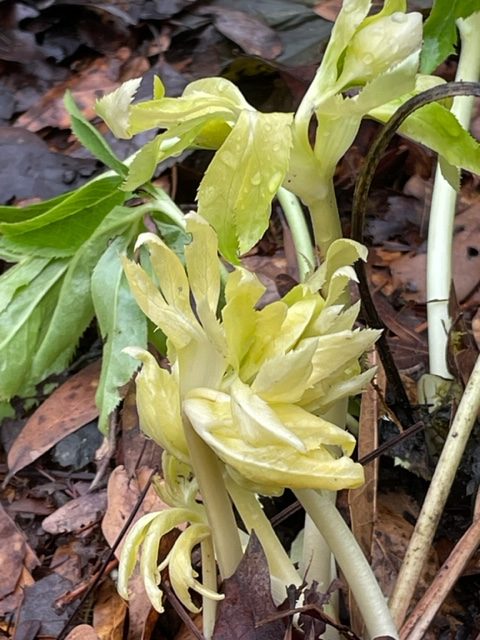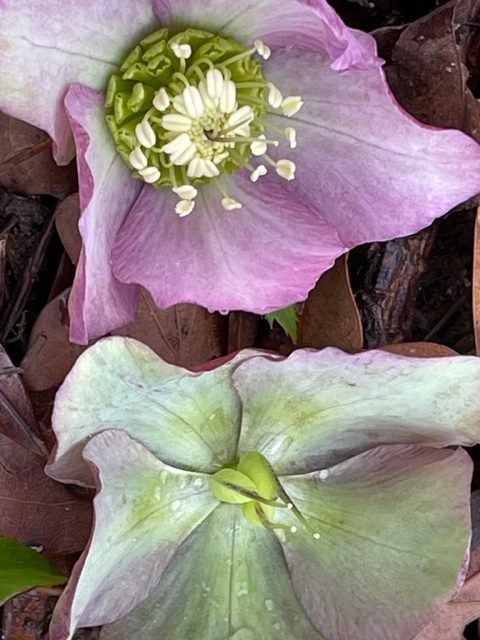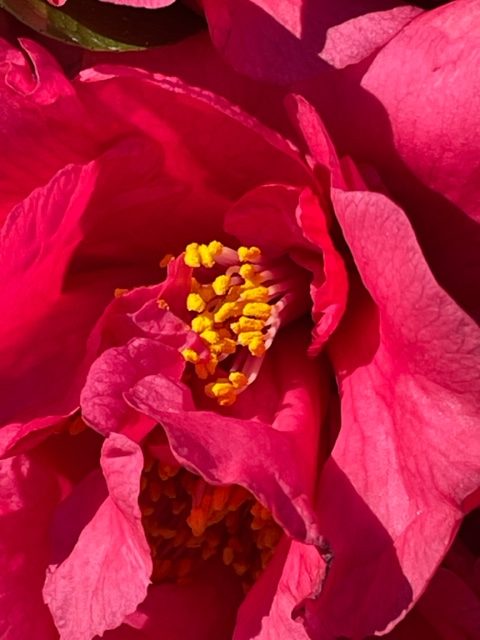Every once in a while Sadie, best-dog-ever, asks to write the blog. This week it’s her turn.
Greetings from the Garden and a big “Woof” to my human Mom for letting me write this week.
Before I left the litter, my real Mom, the one who birthed me, gave me some words of wisdom. “Walk softly but carry a big stick,” she said, and it’s been advice that has made my life much easier since I live in a garden where walking softly is absolutely necessary. Generally, my adopted-Human-Mom and I get along really well because of this.

But doggone it, every once in a while I slip back into my baser, animal instincts and then I am definitely in the dog house. Case in point: You know that my Human-Mom invited thousands of people to see our garden (oh the smells they left behind!!). I wish I had been here, think of the puppyrazzi! But my humans and I left for the weekend.
When we got back, Human-Mom said that someone had left a dog chewy toy just for me. Generally I’m into instant gratification and would start chewing right away but I was still trying to sniff out scents from thousands of people (I have to say, some smelled better than others!) so I decided to save my toy and to bury it for later.
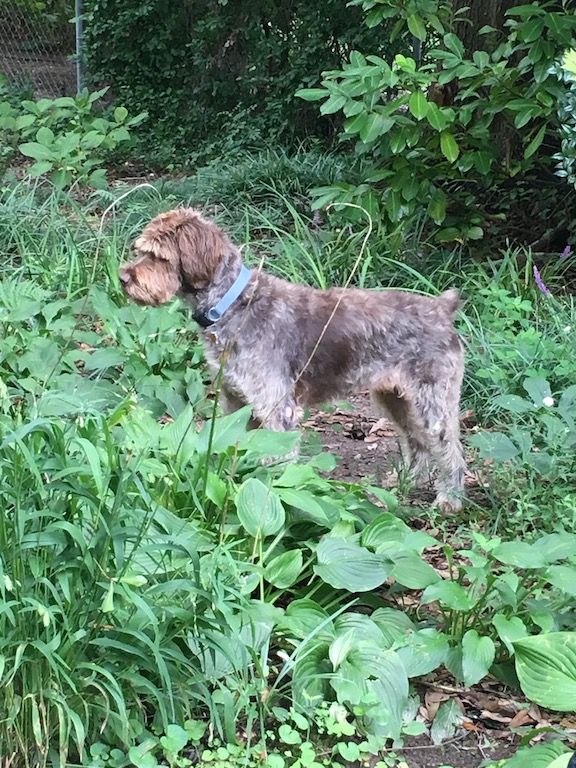
Oh boy. Big mistake. Human-Mom stood holding an (admittedly) shredded plant saying something about Jack in church. Puzzled, I looked around but Jack was inside reading the newspaper. I sat. And waited. And then she said, “You tore up my one and only Jack-in-the-pulpit plant!” Oh good grief. I looked at the thousands of flowers that I hadn’t dug up and thought, get over it. But, being well trained, I put on a sad puppy face and went to make amends.
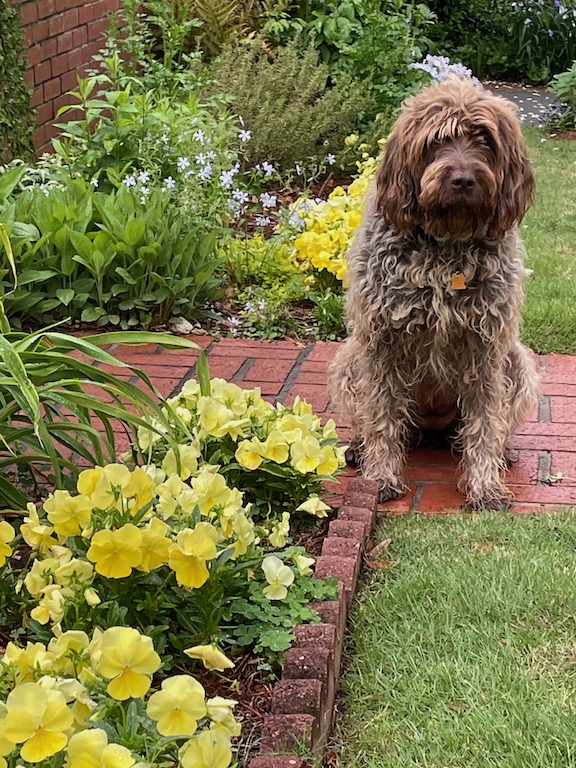
She, of course, did get over it and tossed the thing on the compost pile. Who knows? Maybe it will grow there.

It’s quiet in the garden now, with all the people gone but I kind of like it this way. As we head into the dog days of summer, I’m going to catch up on some much needed sleep. I hate to admit it but I’m getting on in life. I’ll be 12 (in people) years this fall. And that’s ……..oh don’t even count in dog years.
So, I’m off for some serious – and hopefully undisturbed – napping. As my Mom used to say, just let sleeping dogs lie. It’s been a busy spring with lots of excitement and I guess I should feel pretty special, being a part of it all. But really? at the end of the day, I’m nothing but a hound dog.
